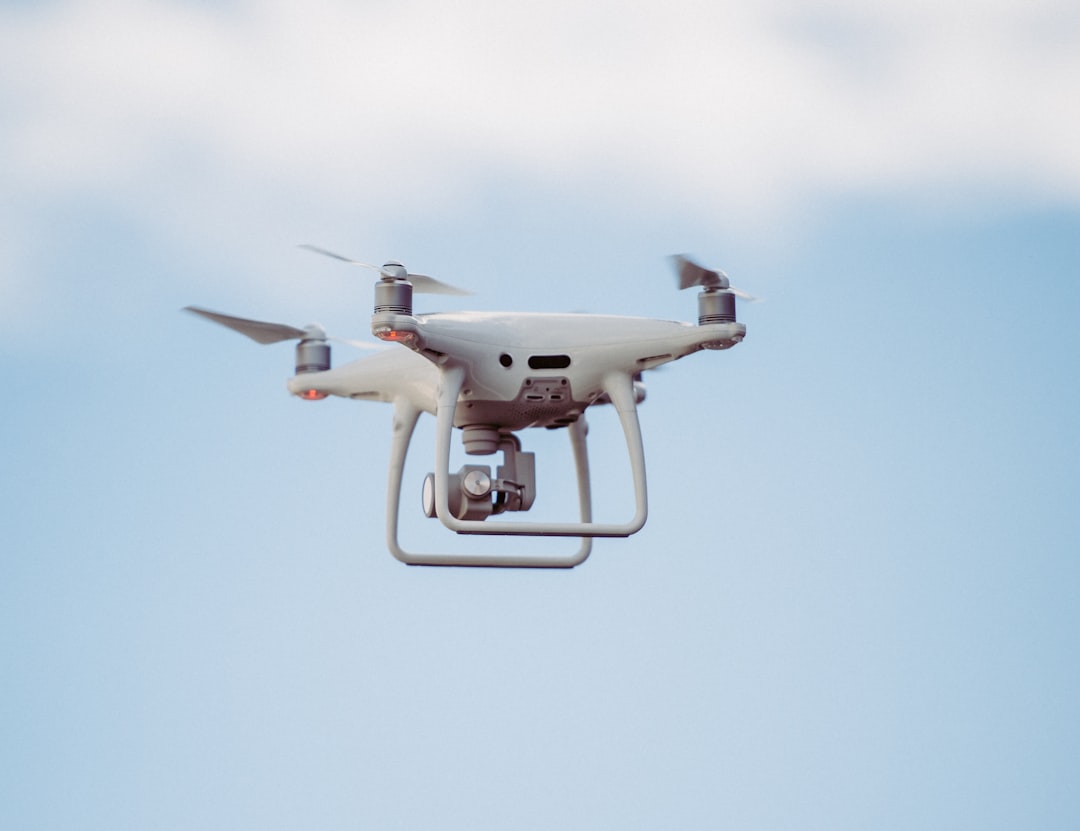What is it about?
The archaeological site of Casas del Turuñuelo (Guareña, Badajoz) is being excavated by Construyendo Tarteso project of the Agencia Estatal de Investigación within the Plan Estatal I+D+i of the Ministry of Science, Innovation and Universities of Spain. The site is a large adobe Tartessian building that was party destroyed and covered by a tumulus towards the end of the 5th century BC. Two of its floors adjacent to an open courtyard containing the mass animal sacrifices. In the upper floor discovered the existence of a large room with an ox hide-shaped clay altar, a structure characteristic both of Tartessian sanctuaries of the southwest of Iberia and temples and sanctuaries throughout the eastern Mediterranean. Among other objects recovered from the site, we can mention, a set of ivories of Etruscan origin or the remains of the first figural reliefs of Tartessus. The good state of preservation of this building makes it the best preserved in the western Mediterranean, which makes it possible to characterize construction techniques and architectural solutions that had not been documented in a Tartessian site to date. In the open courtyard of this building, a total of 52 domestic animals were discovered spread over the entire surface (125 m2) The results of the zooarchaeological study of the skeletal remains of 52 animals ( six cattle, four pigs, one dog and 41 equids) and the microstratigraphic analysis show that this massive sacrifice was part of a series of rituals carried out in the last years of the building until its abandonment, when it was intentionally sealed at the end of the 5th century BC under a mound 90 meters in diameter and 6 meters high.
Featured Image

Photo by Avi Theret on Unsplash
Why is it important?
Taphonomic and microstratigraphic evidence and radiocarbon dating show that the animals were deposited in the courtyard of the Tartessian enclave during three phases. The evidence documented in the study suggests that the courtyard was used repeatedly over a period of several years as a site for ritual animal sacrifice. In the first phase, there is evidence that the animals were partially exposed to the elements, as bones modified by scavengers have been found. In the second and third phases, the skeletons are complete and in anatomical connection, suggesting a rapid burial. In the last phase, along with the sacrifice of two equids, the remains of a feast that included the consumption of bovine and porcine meat were deposited. The volume of sacrifices found in the first and second phases is remarkable in European Iron Age contexts, and the fact that the number of sacrificed animals in the final phase drops dramatically and that their characteristics differ suggests a variation in the formalities. In addition to animal remains, the key role of fire is present, as evidenced by the presence of burned seeds that may have been part of offerings and objects associated with symbolic activities, such as a set of sheep astragali bones (knuckle bones). On the other hand, the arrangement of the animal carcasses suggests an intention in the exhibition and staging of the sacrifices.
Perspectives
I hope this paper will be of interest to you, as it highlights the importance of working in cross-functional teams to take a multidisciplinary approach to obtain more effective results in the interpretation of archaeological contexts. This study reveals the role of mass animal sacrifice in European societies at the end of the First Iron Age. Specifically, the practices of animal sacrifice and ritual behavior in the Tartessian site of Casas del Turuñuelo (Badajoz, Spain), highlighting the role of adult equids in these sacrifices, a fact that evidences the relevance of these species (horses, donkeys and their hybrids) in the economic systems and culture of Iron Age communities.
Mª Pilar Iborra Eres
Read the Original
This page is a summary of: Mass animal sacrifice at casas del Turuñuelo (Guareña, Spain): A unique Tartessian (Iron Age) site in the southwest of the Iberian Peninsula, PLoS ONE, November 2023, PLOS,
DOI: 10.1371/journal.pone.0293654.
You can read the full text:
Contributors
The following have contributed to this page










